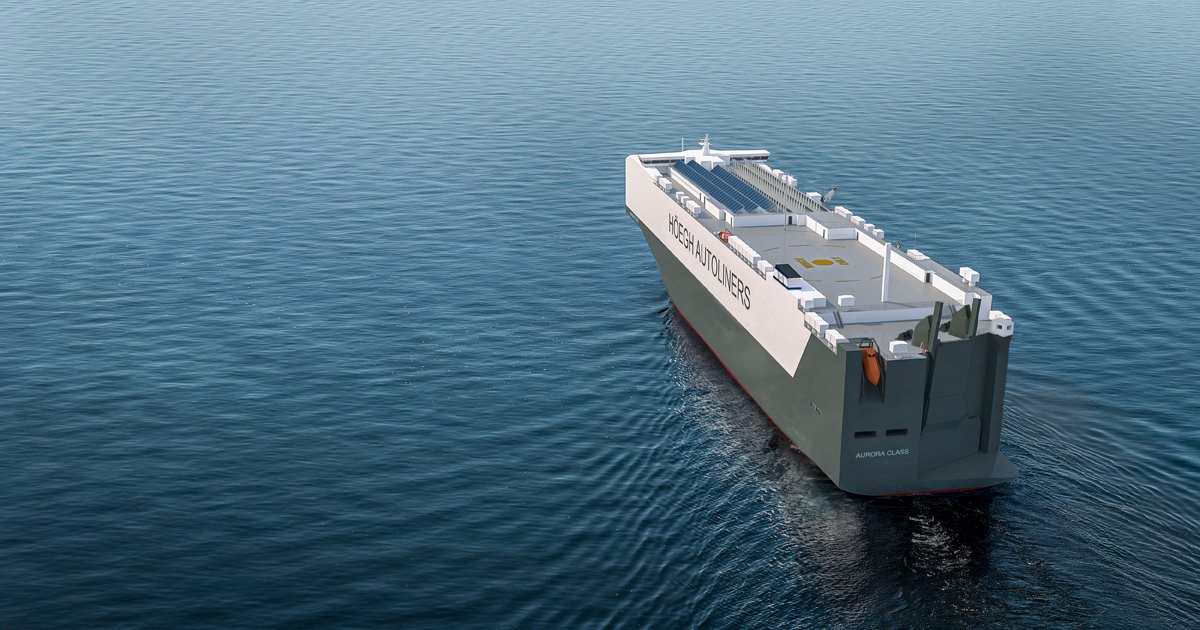Yara Clean Ammonia and Höegh Autoliners sign supply agreement
Renewable ammonia supplier Yara Clean Ammonia (YCA) will supply green and blue ammonia for Norwegian shipping company Höegh Autoliners’ upcoming fleet of ammonia-ready vessels.
 PHOTO: Concept model of Höegh Autoliners' upcoming ammonia- and methanol-ready vessels. Höegh Autoliners
PHOTO: Concept model of Höegh Autoliners' upcoming ammonia- and methanol-ready vessels. Höegh Autoliners
Green ammonia is produced by mixing green hydrogen with airborne nitrogen and emits no carbon dioxide (CO2). Meanwhile, grey ammonia is reclassified as blue ammonia when CO2 emitted from its production is captured and stored. The CO2 would otherwise have been released into the atmosphere.
“Both companies consider clean ammonia, produced either with renewable energy or from natural gas with CCS, as a future maritime fuel with high potential that will contribute to solving the greenhouse gas emission challenges associated with global maritime transportation,” YCA said.
The supply agreement also includes blue ammonia “where up till 95% of the CO2-emissions are captured and permanently stored”, YCA added.
Collaborations between shipping companies and suppliers will speed up the adoption of net-zero fuels in the deep-sea shipping segment, said Andreas Enger, chief executive of Höegh Autoliners.
Höegh Autoliners has ordered 12 ammonia- and methanol-ready vessels. Ammonia-ready means that the vessels will not be capable of running on ammonia upon delivery, but that they will have space allocated onboard to install ammonia fuel tanks and engines in the future.
MAN ES will provide the ammonia engines for the ships when they are ready to switch to ammonia propulsion. MAN ES completed combustion tests on its two-stroke dual-fuel ammonia engine earlier this year and the first delivery of this engine type is scheduled for the four quarter of 2024.
Meanwhile, maritime and energy experts including DNV, Lloyd’s Register, Mærsk Mc-Kinney Møller Center for Zero Carbon Shipping and the International Energy Agency (IEA) have indicated that blue ammonia could eventually emerge as the lead candidate to support the shipping sector's net zero ambitions.
DNV has explained that this is because carbon capture during ammonia production is relatively cheap and simple, whereas green ammonia production would require a significant ramp-up in access to limited and more expensive renewable energy sources.
By Konica Bhatt
Please get in touch with comments or additional info to news@engine.online





